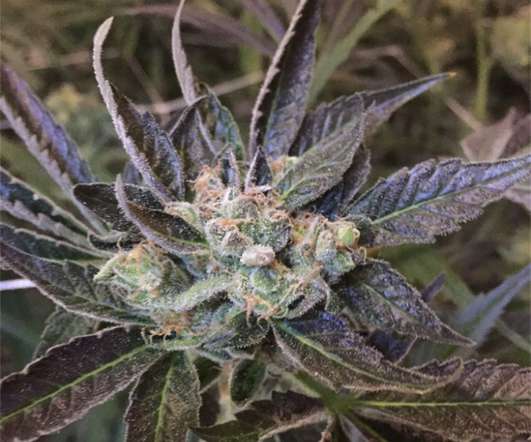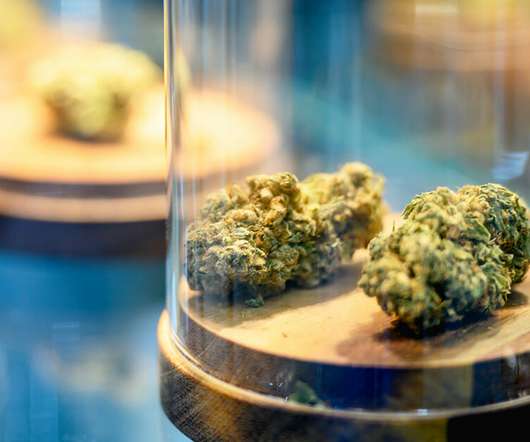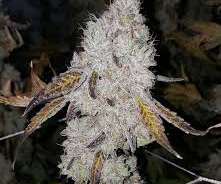The Endocannabinoid System-History, Health and Why We Feel High
Puff Puff Post
SEPTEMBER 24, 2019
The History and Science of Cannabis. improve digestion. The scientific properties of the plant remained elusive and mysterious until Dr. Raphael Mechoulam and his team of researchers discovered and isolated specific molecules within the cannabis plant called “phytocannabinoids” or simply, plant cannabinoids. . cure dysentery.

















Let's personalize your content